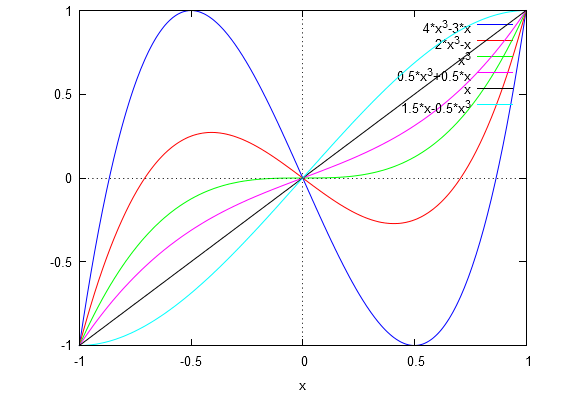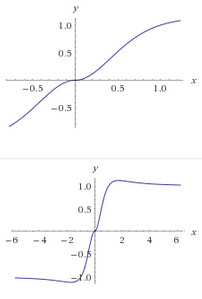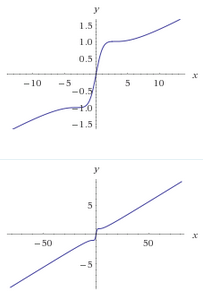New objects:
sptnk/sequencer/mandelbrot.axo
Iterates over the mandelbrot function z' = z^n +c
Controls for the complex number coordinates and power (up to 16)
sptnk/osc/lissajous.axo
Generates a lissajous figure (x y coordinates) that can be used in conjunction with sptnk/math/2d mapper.axo
Controls for pitch, x and y offset, radius of the circle, phase and frequency multipliers.
By default the object outputs a circle.
xmul and ymul inlets override the respective parameters
sptnk/math/2d mapper.axo
sptnk/math/2d mapper mod.axo
Takes in input two coordinates and outputs a number, based on a function (from a fixed set, between linear, quadratic, cubic and sinusoidal, with a, b, c parameters).
This may sound boring, but some algorithms can produce a pretty raw sound.
Available with interpolated mod input and an option to saturate the input to normal range. Two algorithms allow feedback.
sptnk/math/cartesian2polar k.axo
sptnk/math/cartesian2polar s.axo
Theorically, these object should convert a set of cartesian coordinates to polar.
In practice, the arctan implementation is quite cheap, and distorts the phase a little bit (will be upgraded hopefully)

 )
) )
) 

